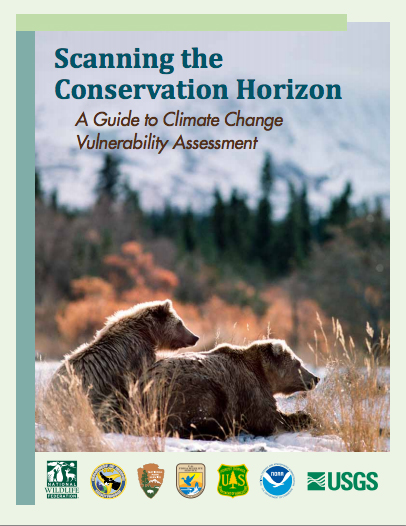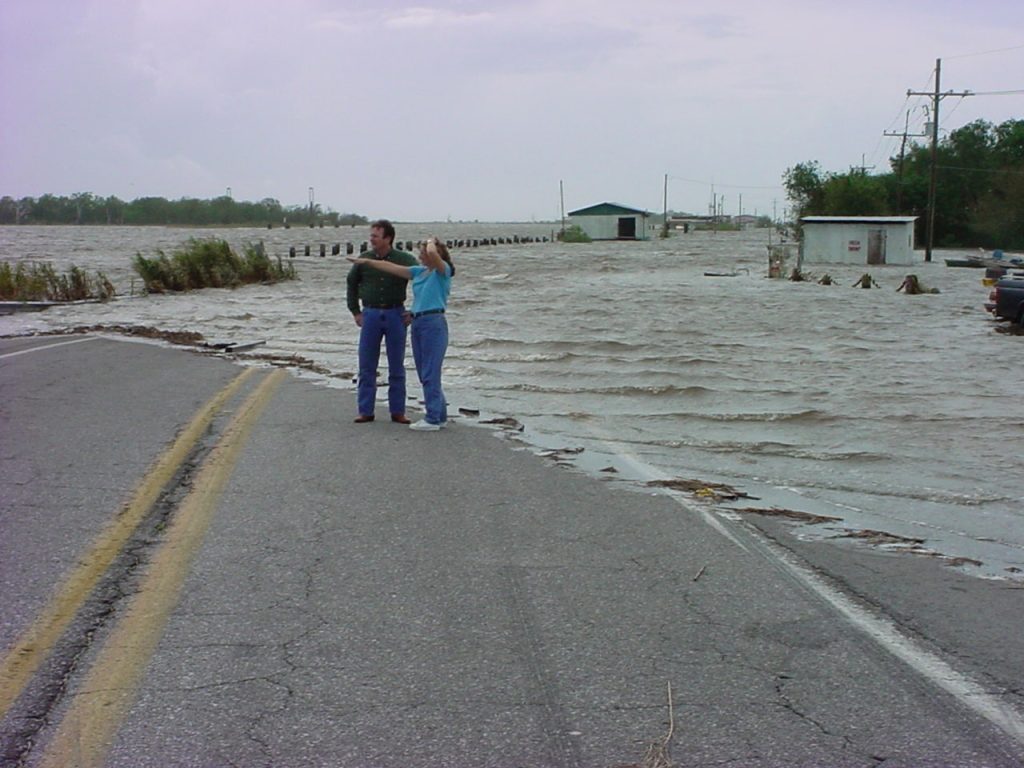The NOAA Sectoral Applications Research Program (SARP), US National Integrated Drought Information System (NIDIS), Water Research Foundation, Water Environment Federation (WEF), Water Environment Research Foundation (WERF) and American Water Works Association (AWWA) are pleased to announce our next webinar in our series on Climate Information for Managing Risks In Water Resources:
Decision Making Into Local/Regional Planning
Wednesday, January 15, 2014 (note date change) at 1 pm ET
Speakers and Topics (abstracts below):
1. Uncertainty in Stormwater Adaptation: Findings from Four Studies – Latham Stack (Syntectic International) and Michael Simpson (Antioch University – New England), et al.)
2. Interannual to Decadal Climate Variability Information for Risk Assessment, Urban Water Policy, and Decision Support: Case Studies of Kansas City, Lincoln, and Great Falls Urban Areas within the Missouri River Basin – Vikram Mehta (Center for Research on the Changing Earth System), et al.
Please register for this SARP Webinar at:
https://attendee.gotowebinar.
or for locals – join us in person at our office in Silver Spring (in the fishbowl).
After registering, you will receive a confirmation email containing information about joining the webinar.
Brought to you by GoToWebinar®
Webinars Made Easy®
Abstracts:
1. – Uncertainty in stormwater adaptation: findings from four studies – Stack L, Simpson MH, Gruber J, Moore TL, Yetka T, Gulliver J, Smith JB,Eberhardt L
Studies show that climate change is well-underway in many communities of the United States. Coincident extreme precipitation exceeds stormwaterdrainage system capacities, leading to more-frequent flooding, loss of life, and damage, and taxing the social and financial systems established for disaster response and recovery. These events and impacts are expected to increase through the 21st century.
Soft and hard tactics for stormwater adaptation are well-established. However, their required capacities for a specific community are uncertain without local-scale estimates of future precipitation, runoff, peak flow, drainage system capacity, and flooding. Projecting local-scale long-term climate is also uncertain, and significant uncertainty persists in rainfall-runoff modeling.
Selected findings from four studies of local-scale stormwater adaptation planning are presented. The range of uncertainty in long-term climate projections is compared with uncertainty in rainfall-runoff modeling. The benefits of local-scale precipitation projections include identification of future vulnerabilities in the built environment, a basis for updating design specifications, adaptation cost estimates, support for stakeholder adaptation decision-making. In a rational decision framework, adaptation should proceed when the costs from not adapting exceed the costs from uncertainty in long-term climate projections.
2. Interannual to Decadal Climate Variability Information for Risk Assessment, Urban Water Policy, and Decision Support: Case Studies of Kansas City, Lincoln, and Great Falls Urban Areas within the Missouri River Basin – Vikram M. Mehta, Katherin Mendoza, and Norman J. Rosenberg (The Center for Research on the Changing Earth System (CRCES) and Cody Knutson, Tonya Haigh, Kelly Smith, and Nicole Wall (National Drought Mitigation Center, University of Nebraska – Lincoln)
Under a SARP-funded project, we assessed impacts of interannual to decadal climate variability on urban water security in the Missouri River Basin (MRB), using Great Falls, MT; Lincoln, NE; and Kansas City, KS and MO as case-study areas. In the assessment part of the project, we analyzed climate and hydro-meteorological, surface water, and ground water data for many sites in and around the three case-study areas to identify climate variability signals, and assembled observations-based scenarios of climate variability linkages to water supply and demand in the three areas. We then used the Soil and Water Analysis Tool (SWAT) to simulate impacts of interannual to decadal climate variability on stream flow, ground water supply, and evapo-transpiration in the land areas that supply water to each of the three urban water systems; and compared model results with observations of surface and ground water, measured water withdrawal and supply to communities, and water demand in each community.
Guided by an Expert Advisory Committee consisting of stakeholders, we organized workshops in each of the three urban areas. In addition to water system managers, participants included representatives of local, state, federal, and academic organizations. Discussions focused on the following main questions: How does climate variability affect the urban water system’s water supply and demand? What is the potential for using interannual to decadal climate information and outlooks in urban water system management? What is the potential for developing DCOs that would be useful in preparing for and coping with droughts and wet spells? Specific management options for this purpose were also discussed.
To assess the extent to which results specific to the three case-study areas can be generalized, we conducted an MRB-wide survey of water managers in small, medium, and large urban water systems. More than 140 urban water systems responded to the survey. Twenty seven percent reported that they were dependent upon surface water alone and that, during droughts, their systems experienced significant increases in water demand requiring the imposition of voluntary or mandatory water restrictions. More than 40% of water managers indicated that they would like to use 1- to 2-year climate outlooks, if developed, for making budget projections, justifying infrastructure investments, implementing water restrictions, informing the public on water conservation, adjusting reservoir levels, or planning expanded distribution systems.
Thus, the three case studies and the MRB-wide survey show that climate variability has substantial impacts on urban water security in the MRB, SWAT can simulate such impacts reasonably well, and water system managers would use climate information in their decision-making process, if such information is available.
Goals, methodologies and models, and results of the study will be described in this webinar.





